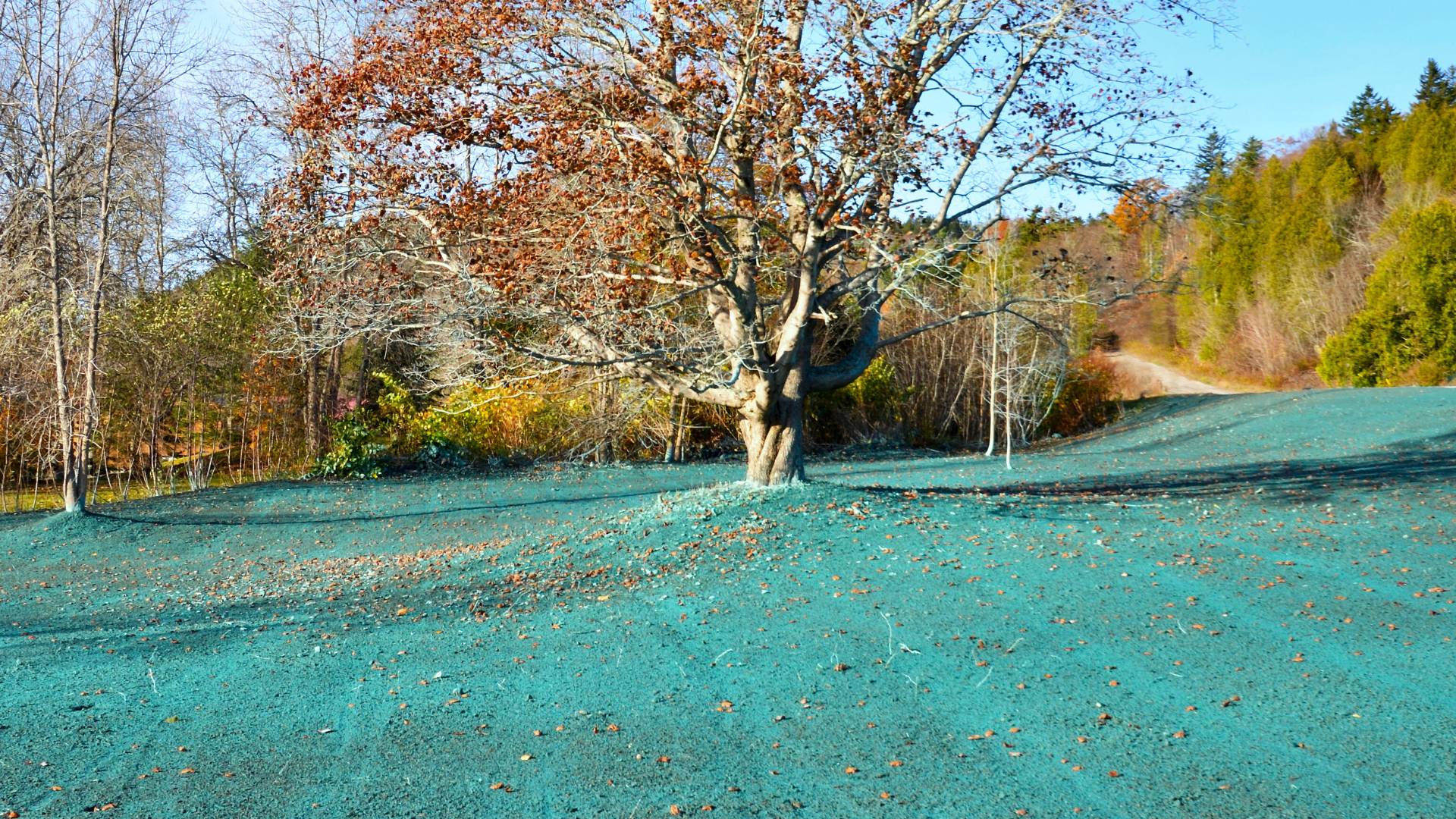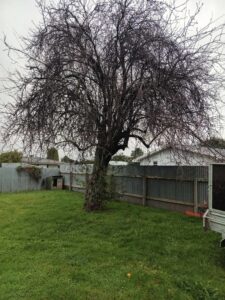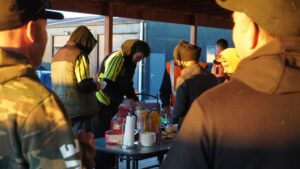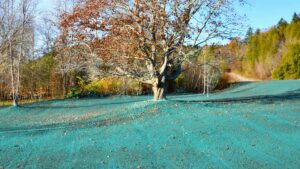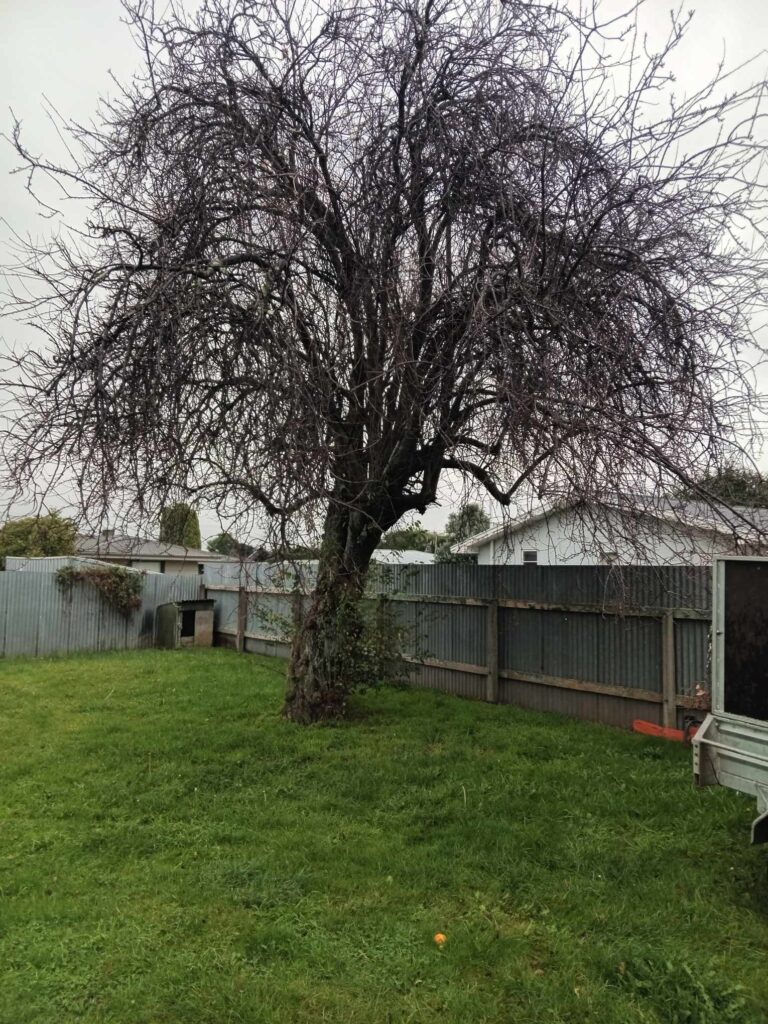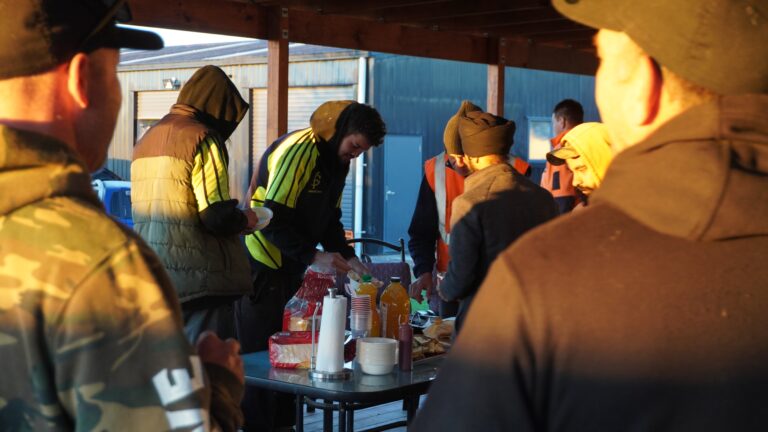The Advantages of Hydroseeding for Commercial and Civil Projects in New Zealand
In the realm of large-scale land management and development, hydroseeding has emerged as a cornerstone technique, especially in New Zealand’s dynamic environmental and geographical landscape. TYC, a leader in innovative landscaping solutions, is at the forefront of utilising hydroseeding to deliver robust results for commercial and civil projects.
Why Hydroseeding?
Hydroseeding is a highly efficient, cost-effective method that accelerates seeding large areas. It involves spraying a slurry of seeds, mulch, fertilisers, and sometimes, stabilising agents over prepared ground in a uniform layer. This technique is particularly advantageous in areas like Hawke’s Bay, Taupo, Manawatu, and Gisborne, where terrain and climate vary significantly.
1. Rapid Germination and Growth
TYC’s hydroseeding method uses Thermally Refined® wood mulch, which enhances water retention and seed contact with the soil; thus, it speeds up germination and ensures a quicker establishment, which is crucial for timely project completion.
2. Erosion Control
New Zealand’s weather can be unpredictable, posing challenges in erosion management. Hydroseeding offers a practical solution by quickly establishing vegetation to stabilise soil and prevent erosion, especially on slopes and in erosion-prone areas.
3. Cost-Effectiveness
Hydroseeding is more economical than traditional methods such as dry seeding or ready grass, especially over large areas. It requires fewer labour hours and lower material costs, making it ideal for extensive areas.
4. Environmental Sustainability
At TYC, sustainability is a priority. Our hydroseeding uses biodegradable mulch from 100% recycled wood fibres, aligning with New Zealand’s environmental conservation goals. This approach not only minimises the impact on the local ecosystem but also aids in the restoration of natural habitats.
5. Versatility and Adaptability
Hydroseeding is versatile and can be tailored to various environmental conditions and soil types across New Zealand. TYC specialises in custom seed mixes to cater to specific regional flora and project requirements, ensuring optimal growth and success.
Case Study: Revitalising the Manawatu Plains
A recent project in Manawatu involved hydroseeding over 50 hectares of commercial land in the Manawatu region. The area, previously prone to high wind erosion, has seen remarkable improvements in soil stability and vegetation density within just a few months of application, showcasing the effectiveness of a tailored hydroseeding approach.
Conclusion
Hydroseeding stands out as a preferred method for large-scale landscaping needs in New Zealand, offering a blend of efficiency, cost-effectiveness, and environmental friendliness. With TYC’s expertise and commitment to quality, commercial and civil projects can achieve sustainable and aesthetically pleasing landscapes.
For more information or to consult about your next project, visit yardcrew.nz/hydroseeding

